Grass
Grazing conditions are mixed to say the least. Mid to late March can often be tricky for grass and grazing conditions, especially for those that got out for early grazing as a lot did in February.
This week many dairy farmers have had no choice but to keep cows inside full time as ground has become saturated.
That’s fine if you have quality silage, but not good if silage quantities and quality is poor.
Those that can get out grazing for a few hours get the best of both worlds, and cows are easier managed – especially as more cows are bulling etc.
Yes, it’s more work to set up fencing etc, but getting the wires right is so important, especially in tricky weather. This is the time of year when fencing and roadways deliver in spades.
Make temporary lanes if necessary, but remember that high producing, early lactation cows with meal in the diet need a lot of water.
When calved cows are out on grass full time, a 12-14% protein meal is sufficient. However, a higher protein ration is required if silage is still in the diet.
The energy content of the meal is more important than the protein if there is grass in the diet. As a guide, rolled barley has a UFL value of 1, and all other feeds are compared against this.
The closer we get to the 1 April date, more and more farmers can see more grazing in the diet, so plan any meal purchase around that.
Calves
On sunny days, the best place for calves is outside in a field rather than in a stuffy shed. I’ve heard of a number of farmers that already have a shed full of sick calves.
Managing this is an enormous job. If possible, prevent this by getting the oldest calves outside to a bigger loose shed as soon as possible. If they could go in and out to a shed at night all the better.
It takes the pressure off the main calf shed and gives every opportunity for bigger calves that might be on the last two to three weeks of milk.
Most farmers find no matter what amount of cleaning or disinfecting they do, it is better to keep newborn calves out of a shed that has sick calves.
Vaccines strategy
With six weeks or less until the start of breeding, many farmers often target this ‘holiday’ weekend when there might be extra help around for giving the Lepto and BVD vaccines.
Remember the maiden heifers need two shots, three weeks apart – so factor this into the start of your breeding timeline. Some products are licensed to be used together for same day administration, but make sure you give one shot in either side of the neck.
BISS or BPS
While it might be lower down the agenda for you at the moment with cows and calves around the yard, it is worth starting a conversation with your adviser or consultant on filling up your BPS form – deadline is the end of May.
There is going to be more and more pressure on advisers this year, so just be aware of that and factor that into your timelines.
An early conversation is helpful, especially if there is any doubt over leased land or big changes to entitlements etc. Keep an eye on the inside back page (p67) for deadlines and new scheme changes.




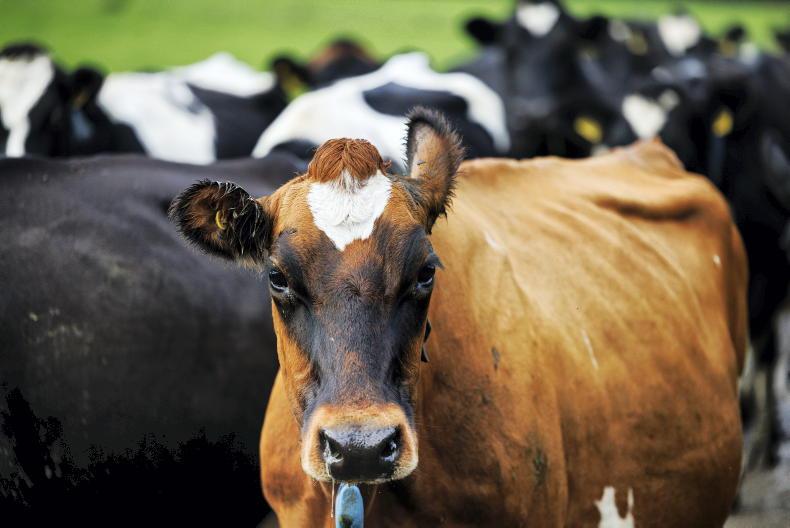
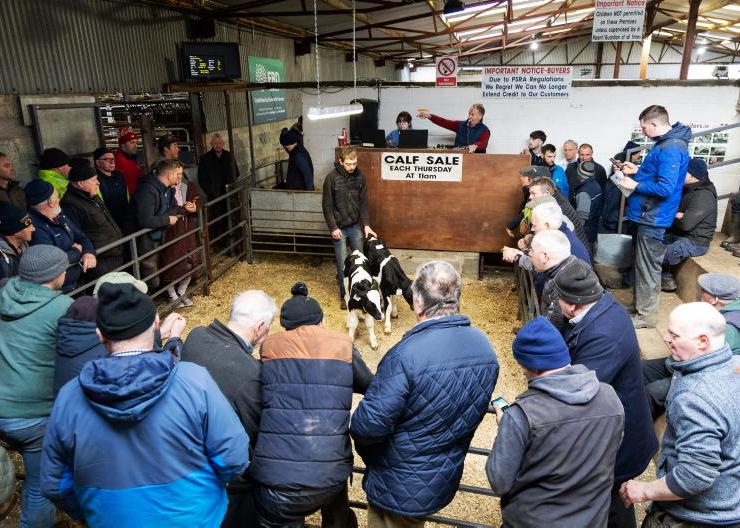

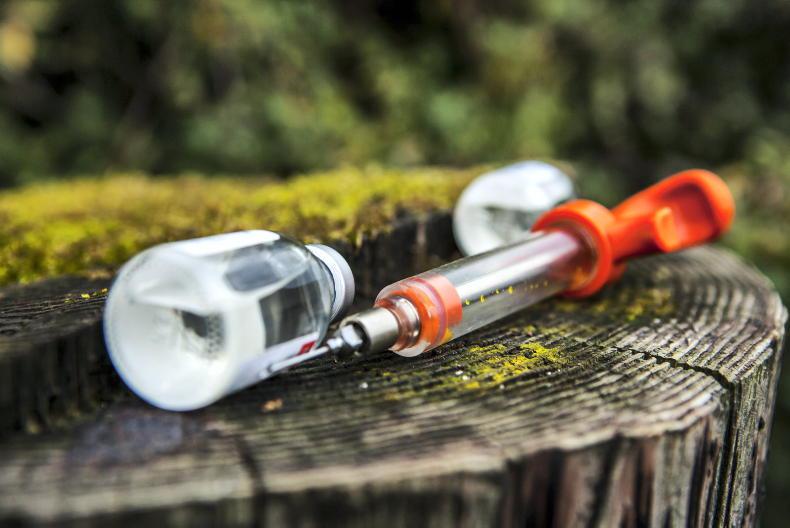
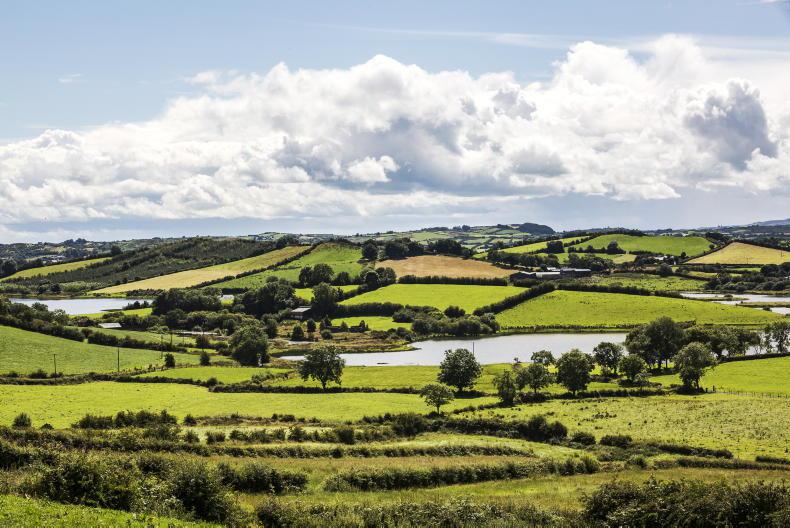
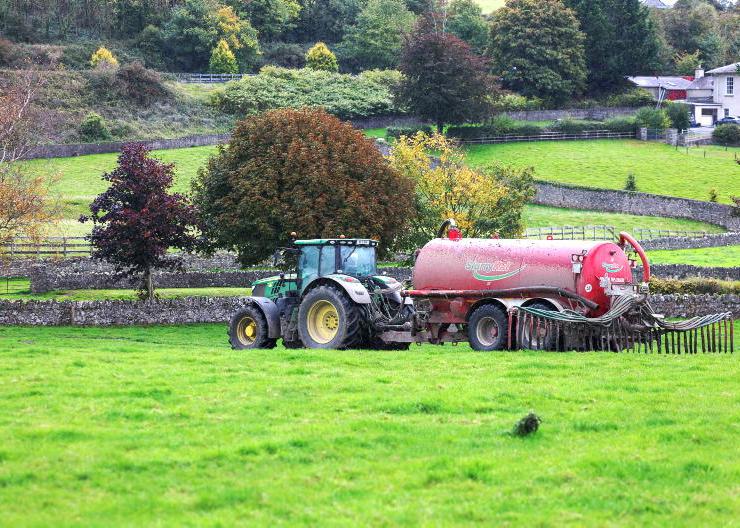
SHARING OPTIONS